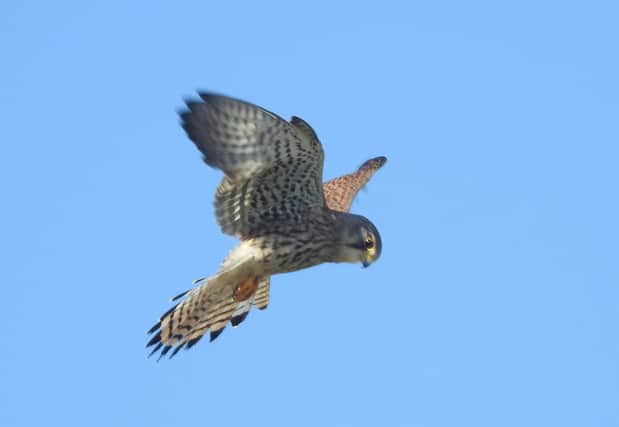Wildlife: Park’s meadows bring big benefits to nature


Areas of ancient wildflower grasslands were originally zoned for meadow management rather than short mowing back in the 1980s and 1990s. In recent years, these zones have been extended considerably and the biodiversity enhanced by applications of green hay from nearby flower-rich sites. On this particular day, we were searching for wildflowers characteristic of the old meadows which the conservation work seeks to restore and introducing these to the team of eco-champions associated with the project. The idea is to identify ‘indicator plants’ and to record, map, and then monitor their occurrence. Hopefully this activity will help provide evidence that the management is taking the site in the desired direction. Benefits then include a richer and more enjoyable greenspace but also carbon capture, biodiversity enhancement, and ‘slowing the flow’ of floodwaters down and into the River Sheaf. In other words, the changed management brings major and diverse benefits. However, it is always nice to have evidence that what you are doing is achieving the objectives you have set.
So as our party of about twenty people moved away from the main meadows alongside the old London Road (a wonderful ancient holloway and former road through the park), we turned back to view the massed wildflowers and the grasses of old meadows blowing in the light breeze and the sunshine. Around a hundred yards away, a kestrel was hovering low over the meadows hunting for its prey of wood mice and short-tailed voles. Now the point of this observation is that without the long grass and wildflowers there would be no mice or voles, and therefore, consequently, no kestrel. For nature recovery and biodiversity enhancement, the project is succeeding, and that is great news. This is ‘urban rewilding’, with lost species returning and food webs and feeding pyramids recovering. Overhead, common buzzard and grey heron flew past, and one person also reported sighting a red kite nearby.
Advertisement
Hide AdAdvertisement
Hide AdEmaProfessor Ian D. Rotherham, researcher, writer & broadcaster on wildlife & environmental issues, is contactable on [email protected] ; follow Ian’s blog (https://ianswalkonthewildside.wordpress.com/ ) and Twitter @IanThewildside